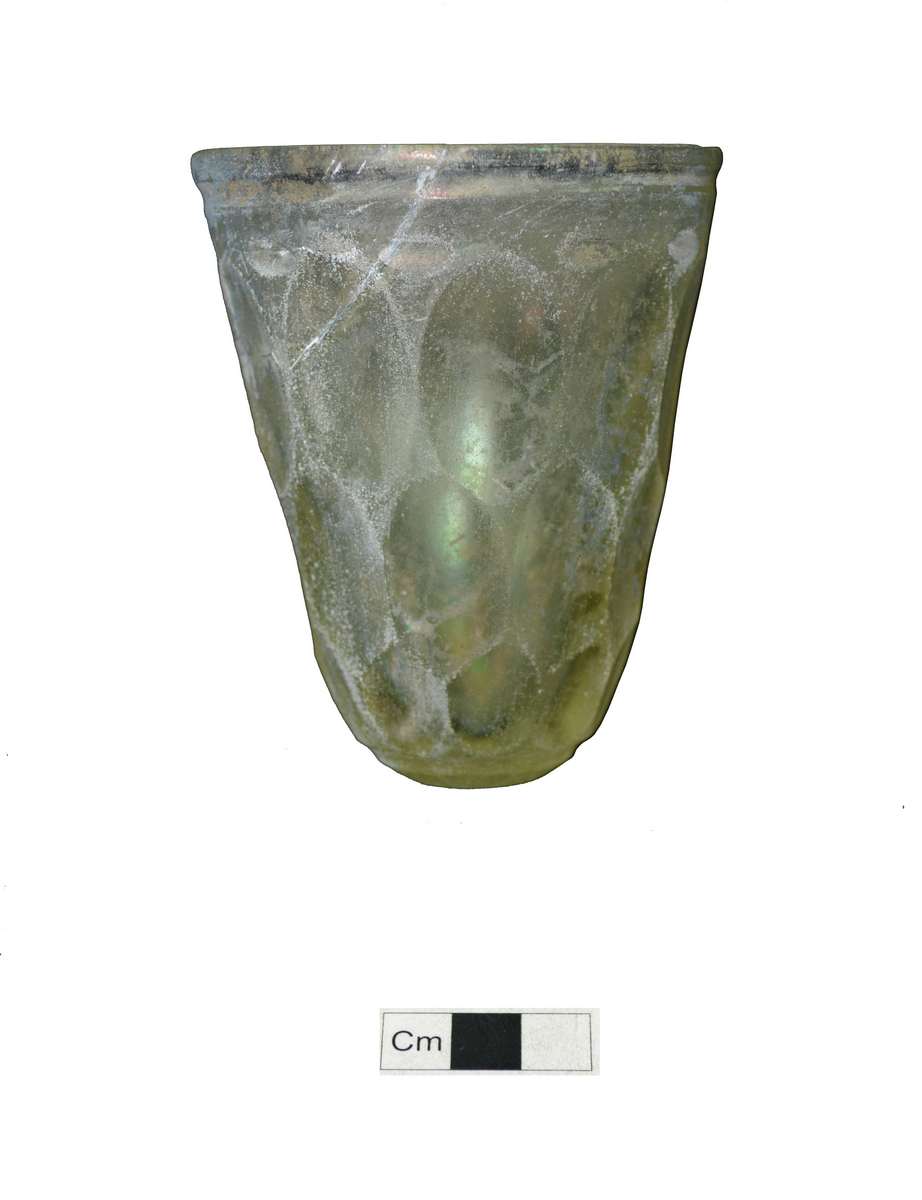>>>

In the dazzling world of precious stones and noble metals, certain jewelers stand out, mastering the art of harmonizing understated elegance with absolute refinement, genius with design, and sophistication with eternal, unforgettable splendor.
The name Fabergé, emblematic of originality and synonymous with the creations of a legendary house, has left an indelible mark on the history of jewelry and decorative arts. Renowned for uniting jewelry, artistic design, and utility into objets de luxe and objets de fantaisie, Fabergé's creations have always captivated with their exquisite craftsmanship. Fashioned from gold, silver, enamel, and precious stones, the pieces produced in Fabergé's workshops testify to exceptional virtuosity, marked by meticulous attention to detail and perfect material harmony. Even works inspired by earlier stylistic vocabularies bear the unmistakable mark of originality.
The National Museum of History of Moldova treasures a spectacular ladle, crafted in Fabergé's workshops in the late 19th century.
The Fabergé ladle is a curious blend of the "Russian style" and the "modern style." Made of solid silver, it features a circular, gold-plated bowl. Its raised, stylized handle (hook-shaped) is adorned with vegetal motifs, triple rings, and silver pearls. The rim is embellished with a wide band composed of rectangular medallions, decorated with spiral loops and stylized scales arranged alternately. The bowl is supported by four hemispherical feet. At the center, engraved inscriptions read: Eugenie von Platonow/St. Petersburg and ТОРГОВЫЙ ДОМЪ „АЛЕКСАНДРЪ"/1863/15/10/1913.
Research suggests that this ladle was commissioned by Alexander Trauberg, a first-guild merchant and owner of the "АЛЕКСАНДРЪ" Trading House located at Nevsky Boulevard 11, St. Petersburg. It was likely created to mark the 50th anniversary of his business in 1913.
The hallmark stamped on the base-Fabergé's K. ФАБЕРЖЕ logo surmounted by the Russian Empire's coat of arms, alongside the female profile in a kokoshnik within an oval frame, accompanied by the Greek letter Δ (delta) and the silver purity standard "88"-confirms that the piece was produced by Fabergé's Moscow branch.
The hypnotic charm of Fabergé's creations defined the aesthetic ideals of an era, embodying exuberance and refinement, crafted by a jeweler to kings and a king among jewelers.
 31 August 1989 St., 121 A, MD 2012, Chisinau, Republic of Moldova
31 August 1989 St., 121 A, MD 2012, Chisinau, Republic of Moldova















































